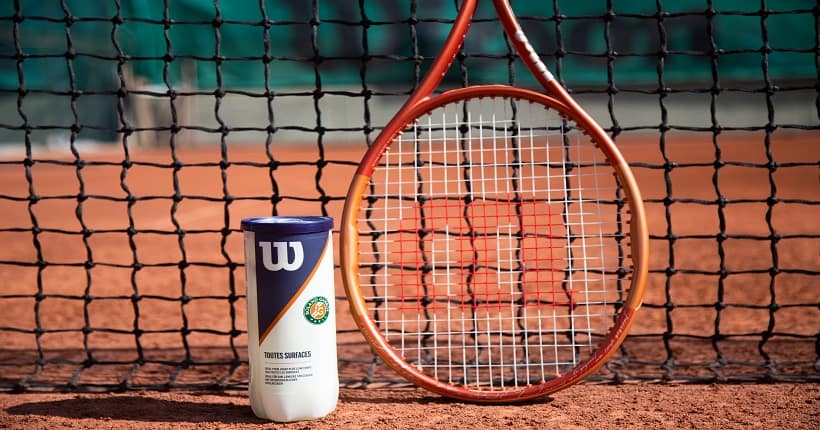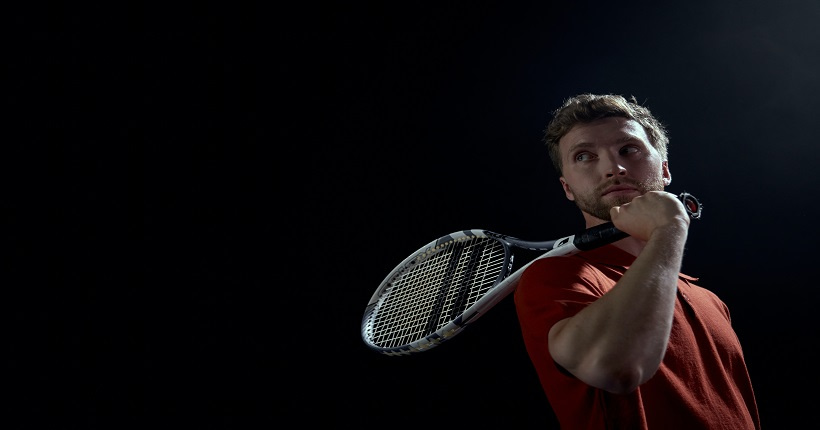When Do You Switch Sides In Tennis?
In tennis, players switch sides after the first odd number game in each set, which is typically after every odd game. This allows for equal playing conditions on both sides of the court.
Switching sides helps prevent any advantage or disadvantage caused by elements such as wind, sunlight, or court conditions. It also ensures fair play and equal opportunities for both players. With this rule, players have the opportunity to experience and adapt to different conditions on the court throughout the match, enhancing the competitive nature of the game.
Why Switching Sides Matter
In the fast-paced game of tennis, many factors come into play that can affect the outcome of a match. One important aspect that often goes unnoticed by casual spectators is the strategic decision of when to switch sides during a game. This simple action can have a significant impact on the overall gameplay and the chances of winning. In this article, we will delve into the reasons why switching sides matters in tennis and explore the various elements that determine the ideal timing for this maneuver.
Impact Of Court Conditions On Gameplay
The first factor that influences the decision to switch sides in tennis is the court conditions. Different types of courts, such as grass, clay, and hard courts, possess distinct characteristics that can affect gameplay in various ways.
Differences Between Different Types Of Courts
To understand why switching sides matters, it is crucial to grasp the differences between different types of tennis courts. Each surface offers unique challenges and requires players to adapt their playing style accordingly.
Grass Courts:
Grass courts are known for their speedy and low-bouncing surface. The ball tends to skid and stay low, making it more difficult to generate powerful shots and allowing for less reaction time. On grass courts, switching sides can be beneficial when the sun starts to cast long shadows, as it can affect the visibility of the ball and make it harder to judge the trajectory.
Clay Courts:
Clay courts are characterized by their slow and high-bouncing surface. The ball tends to kick up and create more topspin, resulting in a higher bounce. Switching sides on clay courts can be advantageous when wind conditions are prominent, as playing from one side of the court can provide shelter from the wind, giving players a tactical advantage.
Hard Courts:
Hard courts offer a medium-paced play with a consistent bounce. They are generally considered more neutral in terms of playing conditions. However, factors such as temperature, humidity, and the height of the court surface can still influence the decision to switch sides.
How Court Conditions Affect Ball Trajectory And Bounce
The court conditions, including the type of court surface and external factors, greatly impact the trajectory and bounce of the tennis ball. These variations directly affect a player’s ability to control the ball, execute shots effectively, and anticipate their opponent’s moves. Switching sides strategically allows players to adapt to the changing dynamics of these trajectories and bounces, giving them the best chance to optimize their performance and gain a competitive edge.
The decision to switch sides in tennis is not to be underestimated. By understanding the impact of court conditions on gameplay, recognizing the differences between different types of courts, and acknowledging how these conditions affect ball trajectory and bounce, players can make informed decisions about when to switch sides. This tactical maneuver can prove to be a game-changer, enabling players to adapt to changing circumstances and increase their chances of success on the court.
Sides Switching Rules In Tennis
Understanding the rules for switching sides in tennis is essential for players who want to excel in the game. Switching sides not only allows players to adapt to different elements on the court but also ensures fairness in play. In this section, we will delve into the specific rules for switching sides and explore the implications it has on the fairness of the game.
Rules For Switching Sides
Based on the total number of games played
In tennis, switching sides is done after an odd number of games in a set. To ensure fairness, players switch sides when the total number of games played in a set reaches an odd number, usually at the end of the first, third, and every subsequent odd numbered game in the set.
This rule guarantees that each player spends an equal amount of time playing on both the ad (left) and deuce (right) sides of the court. By switching sides, players are able to overcome any potential advantages or disadvantages that may arise from factors such as wind, sun position, and court surface conditions.
Implications of Switching Sides on the Fairness of the Game
The switching of sides in tennis ensures that neither player has a persistent advantage due to external factors. By alternating sides throughout the match, players are given an equal opportunity to navigate and adapt to the challenges presented by the court.
This rule promotes fairness by eliminating any potential bias that could arise from uneven court conditions. It ensures that players have an equal chance to showcase their skills without being hindered or benefited by the unique characteristics of only one side of the court.
Moreover, the implication of switching sides is that players must be versatile and adaptable. They need to be able to quickly adjust their strategies and tactics, as well as understand how factors like wind direction, sun glare, or surface inconsistency can influence the game from each side of the court.
Overall, the rules for switching sides in tennis play a crucial role in promoting fairness and ensuring that the outcome of the match is determined by the skills and abilities of the players themselves, rather than external variables that may favor one side over the other.
Strategic Considerations For Switching Sides
In the fast-paced game of tennis, switching sides is a strategic move that can greatly impact a player’s performance. Understanding when and why to switch sides can give you a competitive edge on the court. In this article, we’ll explore several important factors to consider when deciding to switch sides in a tennis match.
Considering The Sun’s Position
The position of the sun in the sky can have a significant effect on both visibility and gameplay. When the sun is low on the horizon, it can shine directly into the players’ eyes, making it challenging to track the movement of the ball. Switching sides can help players avoid this glare and improve visibility.
How The Sun Affects Visibility And Gameplay
The sun not only affects visibility but also impacts gameplay. Shadows cast by players and objects on the court can make it difficult to judge the depth and speed of the ball. By switching sides, players can gain a better perspective and minimize the disadvantage caused by these obstructive shadows.
Wind Direction And Its Impact On Shots
The wind is another crucial factor that influences the game of tennis. The direction and strength of the wind can greatly affect the trajectory of the ball, making it harder to control shots. Switching sides allows players to adapt to the prevailing wind conditions, enabling them to better anticipate and adjust their shots.
Strategies To Capitalize On Wind Conditions
Switching sides in response to wind conditions opens up opportunities to strategically capitalize on them. For example, if the wind is blowing against one side of the court, players can aim to hit shots that take advantage of the wind’s assistance. By adapting their game plan to the wind, players can gain a competitive advantage over their opponents.
Psychological And Physical Advantages
In addition to the tactical aspects, switching sides can provide players with psychological and physical advantages. Changing sides can help break any negative mindset or momentum, giving players a fresh start mentally. Moreover, it also allows the players to provide some rest to the side of their body that may be more fatigued or strained due to extensive movement during the match.
Break In Momentum And Strategy Reassessment
A change of sides presents an opportunity for players to break the momentum of their opponent. By temporarily interrupting the game and switching sides, the player can disrupt their opponent’s rhythm and force them to reassess their strategies. This strategic move allows players to regain control and potentially shift the course of the match in their favor.

Credit: tennisfixation.com
Frequently Asked Questions On When Do You Switch Sides In Tennis?
How Do You Know When To Switch Sides In Tennis?
Switch sides in tennis when the total number of games is odd.
Do You Switch Sides After Every Set In Tennis?
Yes, players switch sides after every odd-numbered game in tennis to equalize the effects of sun, wind, and court conditions.
Do You Switch Sides After Set?
No, there is no switching of sides after a set.
How Do You Know Which Side To Serve In Tennis?
To know which side to serve in tennis, you can start by flipping a coin or spin a racket. The winner chooses to serve or receive, and the opponent gets to pick which side of the court they want to start playing on.
When Do You Switch Sides In Tennis?
In tennis, players switch sides after every odd-numbered game in a set to ensure fairness.
Conclusion
Making the switch in tennis is a strategic move that can greatly impact your game. Timing is crucial, and understanding when to switch sides can give you a competitive edge. Whether it’s to gain a better angle or to exploit your opponent’s weaknesses, switching sides allows you to adapt and execute your game plan effectively.
So, always stay alert, be observant of your opponent’s style, and make the move when it’s advantageous for you. Mastering this skill will undoubtedly enhance your overall performance on the court.







